Home>Articles>What Size Of Beer Line Should be used For Kegerator
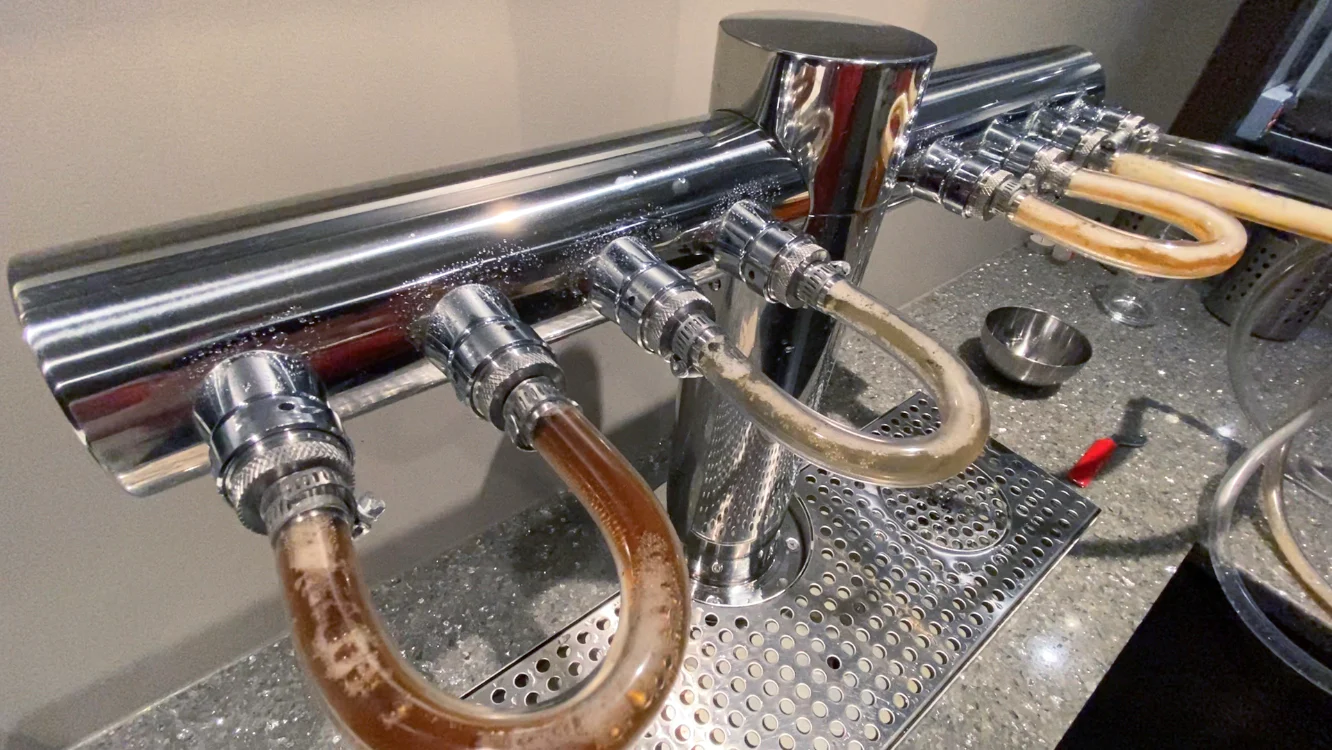

Articles
What Size Of Beer Line Should be used For Kegerator
Modified: February 20, 2024
Learn about the ideal beer line size for your kegerator in this informative article. Discover how to ensure optimal draft performance and a perfect pour with the right beer line size.
(Many of the links in this article redirect to a specific reviewed product. Your purchase of these products through affiliate links helps to generate commission for Storables.com, at no extra cost. Learn more)
Introduction
Welcome to the world of beer enthusiasts and kegerator owners! If you’re reading this article, you’re probably wondering about the proper beer line size for your kegerator. Choosing the right beer line size is crucial for ensuring the optimal flow of beer from the keg to your glass. In this article, we will explore the ins and outs of beer line sizing, factors to consider when choosing the size, common beer line sizes, and how to determine the ideal beer line size for your kegerator.
A kegerator is a fantastic investment for beer lovers, providing the convenience and enjoyment of having fresh draft beer at home. However, one of the key components that often gets overlooked is the beer line. The beer line plays a significant role in maintaining the proper pressure and flow rate, which ultimately affects the flavor and quality of the beer.
Before we dive into the details of beer line sizing, let’s first understand why it’s important. The beer line acts as a conduit for the beer to travel from the keg to the faucet. The size of the beer line determines the resistance and restriction of the flow, affecting the speed at which the beer is dispensed. If the line is too narrow, it can cause excessive pressure and foam, resulting in an unpleasant pour. On the other hand, if the line is too wide, it can lead to a slow pour or even flat beer.
Now that we know why beer line size matters, let’s explore the factors that should be taken into consideration when choosing the appropriate size for your kegerator.+
Key Takeaways:
- Choosing the right beer line size for your kegerator is crucial for optimal dispense quality, carbonation maintenance, and pour control. Consider factors like keg pressure, temperature, and desired flow rate to find the perfect fit.
- Properly sizing your beer line enhances the overall enjoyment of draft beer at home by preventing excessive foam, maintaining carbonation levels, and improving dispensing efficiency. It’s a key component in achieving a well-balanced kegerator system.
Read more: What Is a Kegerator and What Is It Used For?
Understanding Beer Line Size
Beer line size refers to the inner diameter of the tubing that connects the keg to the faucet in a kegerator. It is typically measured in inches or millimeters. The choice of beer line size depends on various factors, including the length of the beer line, the desired flow rate, and the type of beer being dispensed.
The length of the beer line plays a crucial role in determining the appropriate size. Longer beer lines generally require larger diameters to maintain the desired flow rate. This is because the longer the distance the beer has to travel, the more resistance it encounters, leading to a decrease in pressure. By increasing the diameter of the beer line, you can compensate for the loss of pressure and ensure a smooth and consistent pour.
Another important aspect to consider is the desired flow rate. Some beer styles, like stouts and creamy ales, require a slower pour to maintain their characteristic mouthfeel and creamy head. In such cases, a narrower beer line with higher resistance can be used to achieve the desired flow rate. Conversely, for beers that require a fast flow rate, such as lagers and light ales, a wider beer line with lower resistance is recommended.
The type of beer being dispensed also influences the optimal beer line size. Beers with higher carbonation levels generally require larger diameters to prevent excessive foaming. Similarly, beers with lower carbonation levels may benefit from narrower lines to maintain the proper level of carbonation and prevent overfilling the glass with foam.
It’s important to keep in mind that beer line size is just one piece of the puzzle. Other factors, such as CO2 pressure, temperature, and system balancing, also play significant roles in achieving the best dispensing experience. Therefore, it is recommended to consider these factors holistically and consult with experts or reference reliable resources when determining the right beer line size for your kegerator.
Now that we have a better understanding of beer line size, let’s explore the key factors to consider when choosing the appropriate size for your kegerator in the next section.
Factors to Consider When Choosing Beer Line Size
Choosing the right beer line size for your kegerator involves considering several factors to ensure optimal dispense quality and overall satisfaction. Here are the key factors to keep in mind:
- Keg Pressure: The pressure at which the keg is set to dispense is an important factor in determining the appropriate beer line size. Higher pressure settings require larger diameter lines to prevent excessive foaming, while lower pressure settings may work well with narrower lines.
- Temperature: Temperature affects the carbonation level of the beer and can influence the amount of pressure needed to dispense it properly. Colder temperatures may require larger diameter lines to handle the increased pressure, while warmer temperatures may benefit from narrower lines to control the flow.
- Desired Flow Rate: Consider the desired flow rate based on the style of beer you plan to dispense. Some beer styles, like stouts and cream ales, often require a slower pour for optimal taste and presentation. In this case, a narrower line with higher resistance can help achieve the desired flow rate. For beers that require a fast flow rate, such as lagers and light ales, a wider line with lower resistance is recommended.
- Type of Beer: Different beer styles have varying carbonation levels, which can affect how the beer flows through the lines. Beers with higher carbonation levels may require larger diameter lines to handle the pressure and prevent excessive foaming. Beers with lower carbonation levels may benefit from narrower lines to maintain carbonation levels and prevent over-foaming.
- Line Length: The length of the beer line can impact the flow and pressure of the beer. Longer lines tend to have higher resistance, which may require larger diameter lines to maintain the desired flow rate. Shorter lines may work well with narrower lines since there is less resistance over a shorter distance.
- Balancing the System: Achieving a well-balanced system is crucial for a consistent and enjoyable dispensing experience. This involves considering factors such as the length and diameter of the beer line, CO2 pressure, temperature, and the desired flow rate to achieve the optimal balance between pressure, flow, and carbonation.
Keep in mind that these factors should be considered in combination when selecting the beer line size for your kegerator. It’s essential to find the right balance to ensure a smooth and enjoyable pour while maintaining the integrity and quality of the beer being dispensed.
In the next section, we will explore the most common beer line sizes used in kegerators.
Common Beer Line Sizes for Kegerators
When it comes to selecting the beer line size for your kegerator, there are several common sizes that are widely used and readily available. These sizes are based on industry standards and have proven to work well for most kegerator setups. Here are some of the most common beer line sizes:
- 3/16 inch (4.8 mm): This is the most popular and commonly used beer line size for kegerators. It is suitable for most standard home kegerator setups and works well with a wide range of beer styles. The 3/16 inch line is versatile and provides a good balance between flow rate and resistance, ensuring a consistent and smooth pour.
- 1/4 inch (6.4 mm): The 1/4 inch beer line size is often used for longer beer lines or setups where higher flow rates are desired. It is commonly found in commercial kegerators or setups that require dispensing larger volumes of beer. The larger diameter allows for faster pours but may require higher pressure settings to maintain proper carbonation levels.
- 5/16 inch (7.9 mm): The 5/16 inch beer line size is less common but still used in some kegerator setups. It offers a higher flow rate compared to the 3/16 inch line and may be suitable for special circumstances where a faster pour is desired. However, it is important to note that using a larger line diameter may require adjustments to other system components to maintain balance.
- 3/8 inch (9.5 mm): The 3/8 inch beer line size is less common and typically used in commercial settings or setups that require higher flow rates, such as busy bars or events. It allows for a significantly faster pour, but it may require specialized equipment and components to accommodate the larger diameter.
These are just a few examples of the most common beer line sizes used in kegerators. It’s important to consider your specific setup, including factors like keg pressure, desired flow rate, and the length of the beer lines, when choosing the appropriate size. Consulting with experts or referring to manufacturer recommendations can also be helpful in making the right selection.
Now that we are familiar with the common beer line sizes, let’s move on to the next section, where we will discuss how to determine the ideal beer line size for your kegerator setup.
Use 3/16 inch beer line for most kegerator setups. This size provides the right balance of flow resistance and flexibility, ensuring proper dispensing and minimal foaming.
How to Determine the Ideal Beer Line Size for Your Kegerator
Choosing the ideal beer line size for your kegerator setup requires careful consideration of various factors. Here are a few steps to help you determine the appropriate size:
- Consider the Length: Measure the distance between your keg and the faucet. Longer beer lines will experience more resistance and require larger diameters to maintain proper flow rates.
- Identify the Type of Beer: Different beer styles have varying carbonation levels. Beers with high carbonation levels may require larger line diameters to prevent excessive foaming, while beers with lower carbonation levels may benefit from narrower lines to maintain the desired carbonation level.
- Define the Desired Flow Rate: Determine the flow rate that suits your preferences or the beer style you plan to dispense. Slower flow rates may require narrower lines with higher resistance, while faster flow rates may necessitate wider lines with lower resistance.
- Consider System Balancing: Achieving a well-balanced kegerator system is crucial for optimal dispense quality. Consider factors such as CO2 pressure, temperature, the length of the beer line, and the desired flow rate to ensure a harmonious setup.
- Consult with Experts or References: If you are unsure about the ideal beer line size for your specific setup, it can be helpful to consult with experts or refer to manufacturer recommendations. They can provide valuable insights based on their experience and knowledge.
By combining these steps and taking into account the specific details of your kegerator setup, you can determine the ideal beer line size that best suits your needs and preferences.
Remember that finding the right beer line size involves some trial and error. It may be necessary to make adjustments and fine-tune your setup to achieve the perfect balance between pressure, flow rate, and carbonation levels. However, with patience and careful consideration of the factors discussed, you can ensure a consistently excellent pouring experience.
In the next section, we will highlight the importance of using the proper beer line size in your kegerator setup.
Read more: What Size Of Fridge For Kegerator
Importance of Proper Beer Line Size
The importance of using the proper beer line size in your kegerator setup cannot be overstated. The right beer line size ensures optimal dispense quality, maintains the desired carbonation levels, and delivers a satisfying pour. Here are some key reasons why the proper beer line size is crucial:
1. Prevents Excessive Foam: Using the correct beer line size helps prevent excessive foaming during dispensing. Foam can be caused by excessive pressure, and a well-sized beer line helps regulate the flow, reducing the chances of over-foaming and ensuring a smooth pour.
2. Maintains Carbonation Levels: Different beer styles require specific carbonation levels to showcase their flavors properly. The right beer line size helps maintain the desired carbonation levels throughout the dispensing process, ensuring that the beer retains its intended taste and characteristics.
3. Controls Pour Speed: The diameter of the beer line directly affects the flow rate of the beer. By choosing the appropriate size, you can control the pouring speed to match the requirements of the beer style being dispensed. This allows you to achieve the perfect pour without overwhelming or underwhelming the drinker.
4. Enhances Dispensing Efficiency: Properly sized beer lines promote a more efficient dispensing process. The correct line size reduces resistance and minimizes pressure drops, allowing for a more consistent flow from the keg to the faucet. This enhances the dispensing efficiency, enabling you to pour beer with confidence and precision.
5. Improves Overall Experience: Ultimately, using the proper beer line size significantly enhances the overall experience of enjoying draft beer at home. It ensures that each pour is consistent, reduces waste from excessive foam, and allows you to appreciate the flavors, aromas, and mouthfeel of the beer as intended by the brewer.
6. Maintains System Balance: A well-balanced kegerator system is essential for consistent and high-quality beer dispenses. Properly sizing the beer line contributes to this balance by working harmoniously with other system components, such as CO2 pressure and temperature.
By investing the time and effort to select the right beer line size, you can elevate your kegerator experience, impress your guests with perfect pours, and enjoy the full potential of your favorite beers.
To conclude, using the proper beer line size is essential for ensuring optimal dispense quality, maintaining carbonation levels, controlling pour speed, enhancing efficiency, and improving the overall enjoyment of draft beer. By carefully considering the factors discussed in this article and consulting with experts if needed, you can select the ideal beer line size that perfectly complements your kegerator setup.
Conclusion
Choosing the proper beer line size for your kegerator is a critical aspect of ensuring optimal dispense quality and an enjoyable drinking experience. By considering factors such as keg pressure, temperature, desired flow rate, beer style, and system balancing, you can determine the ideal beer line size for your specific setup.
The common beer line sizes for kegerators include 3/16 inch, 1/4 inch, 5/16 inch, and 3/8 inch, each offering different flow rates and resistance levels. Understanding the factors to consider and consulting with experts or referencing reliable resources can guide you in selecting the appropriate size.
Using the correct beer line size serves several important purposes. It helps prevent excessive foam, maintains the desired carbonation levels, controls the pour speed, enhances dispensing efficiency, and ultimately improves the overall enjoyment of draft beer at home.
Remember that balancing your kegerator system is crucial, and the beer line size is just one component. Factors such as CO2 pressure, temperature, and other system components should be carefully adjusted to work harmoniously with the beer line size for the best results.
By taking the time to carefully select the proper beer line size, you can ensure a smooth and consistent pour, maintain carbonation levels, and fully appreciate the flavors and characteristics of your favorite beers.
So, whether you’re a seasoned beer aficionado or a casual beer enthusiast, be sure to give proper consideration to the beer line size in your kegerator setup. With the right size, you’ll be able to enjoy the perfect pint of draft beer in the comfort of your own home.
Frequently Asked Questions about What Size Of Beer Line Should Be Used For Kegerator
Was this page helpful?
At Storables.com, we guarantee accurate and reliable information. Our content, validated by Expert Board Contributors, is crafted following stringent Editorial Policies. We're committed to providing you with well-researched, expert-backed insights for all your informational needs.
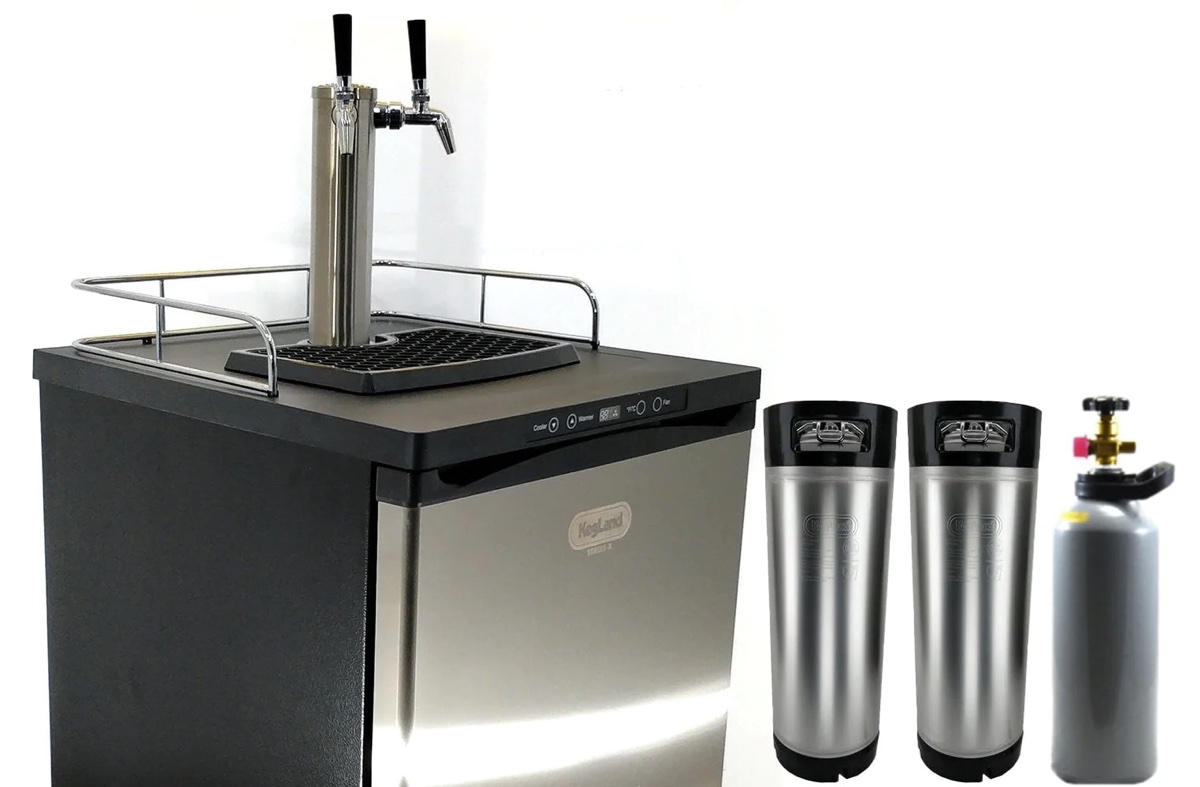
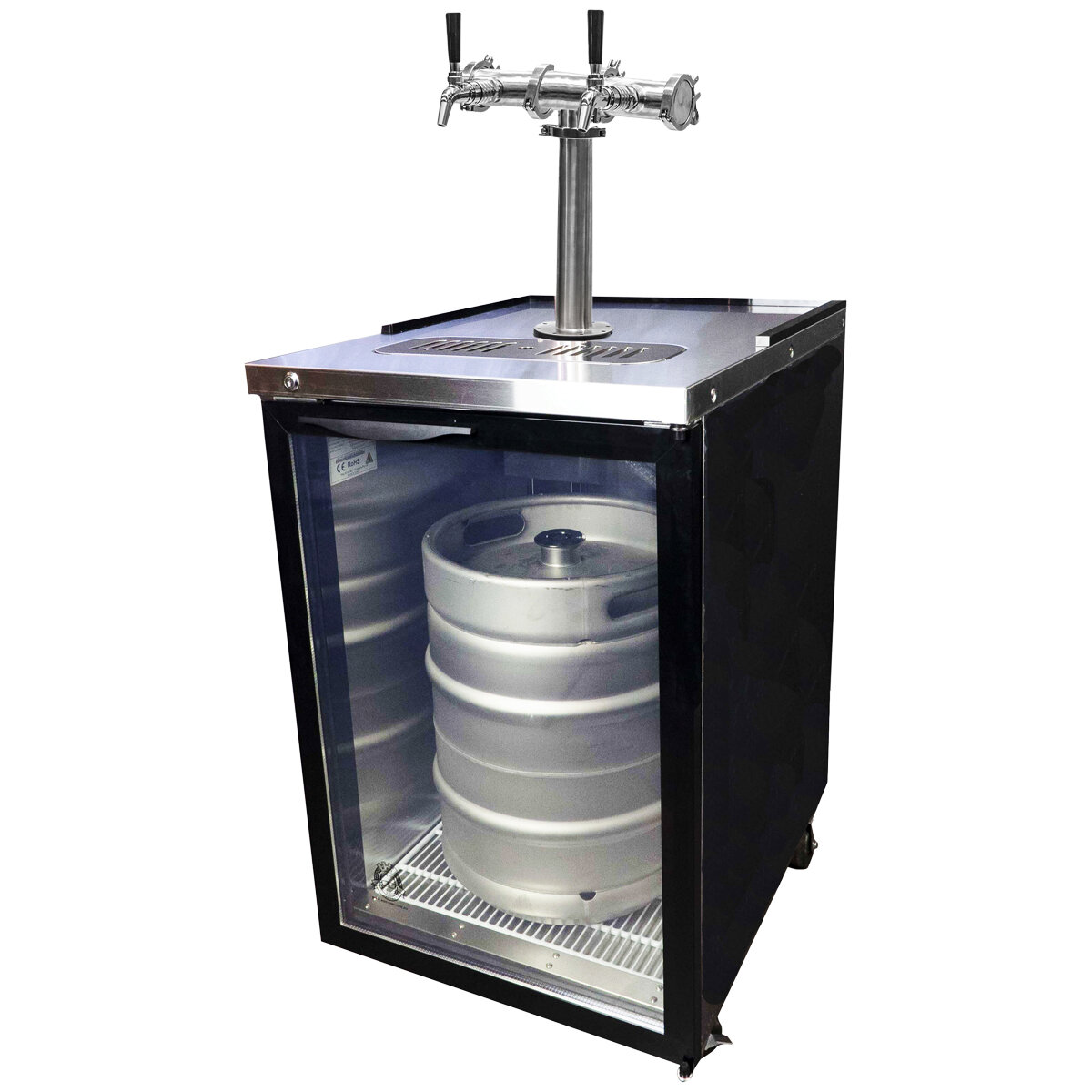
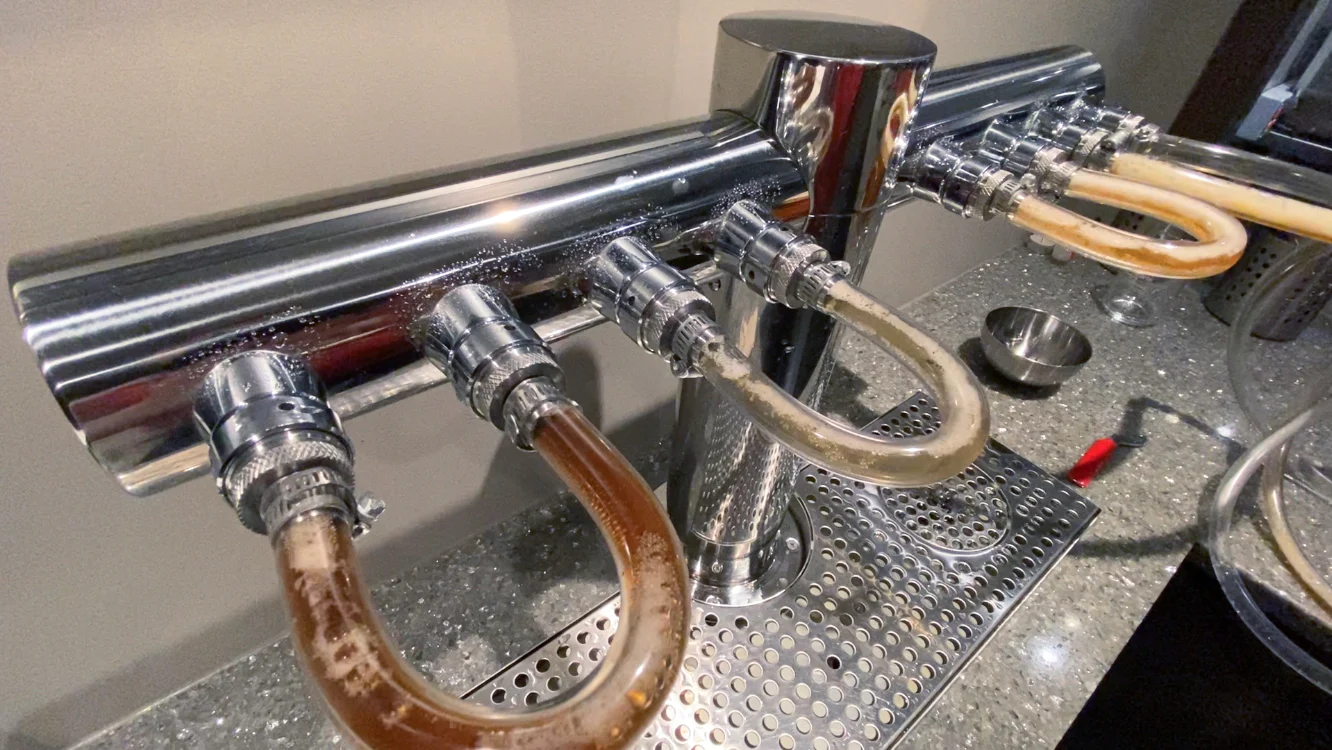
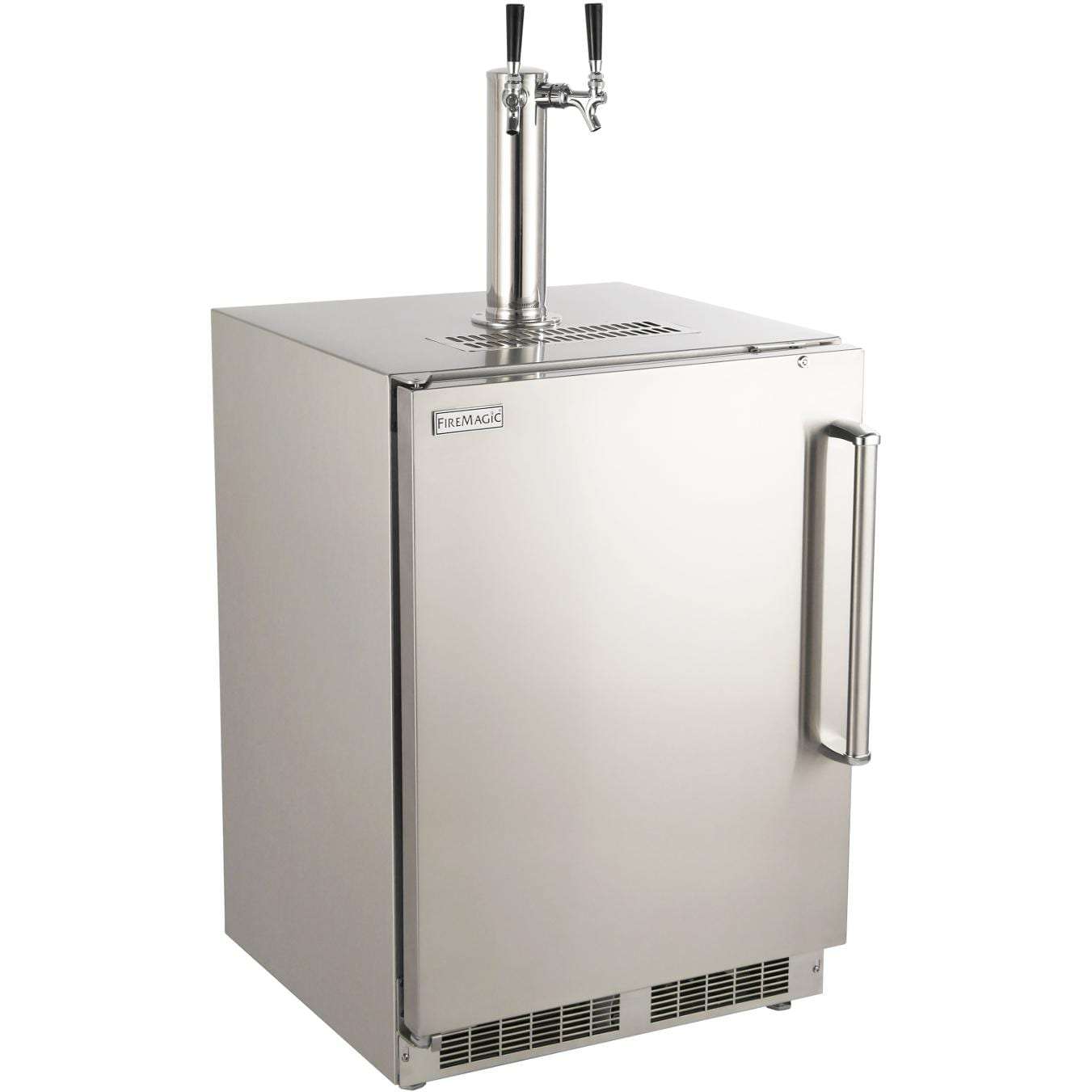
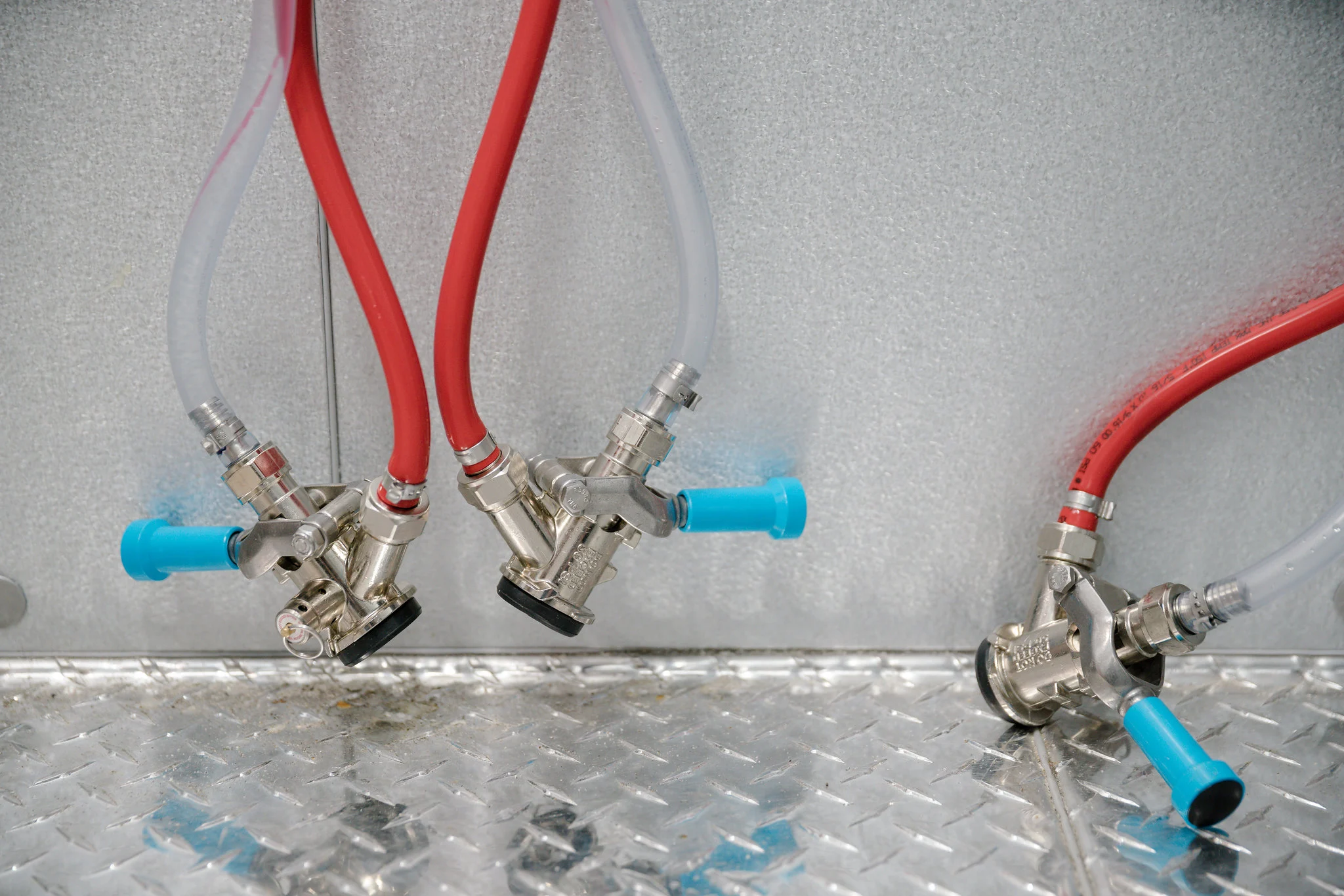
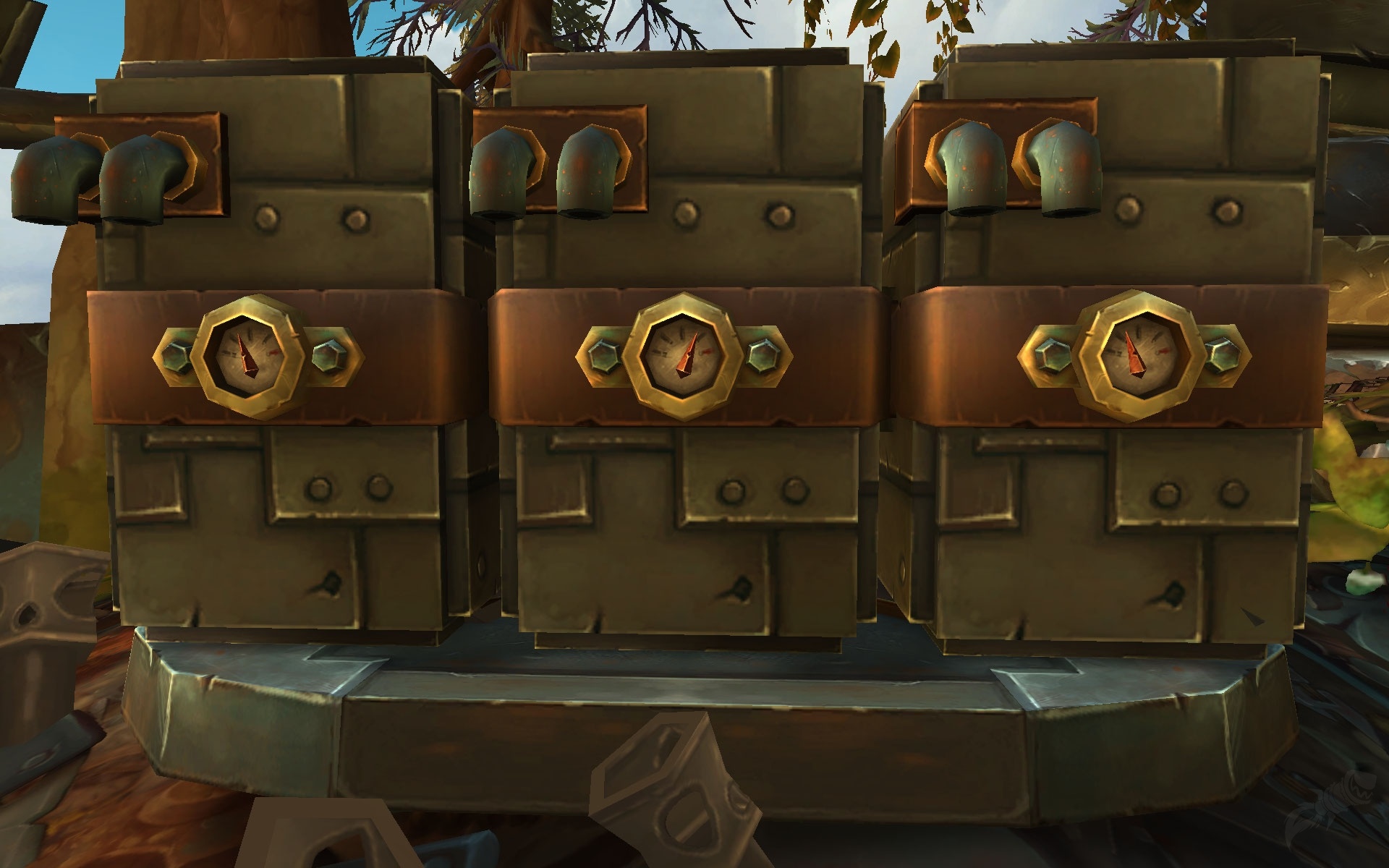
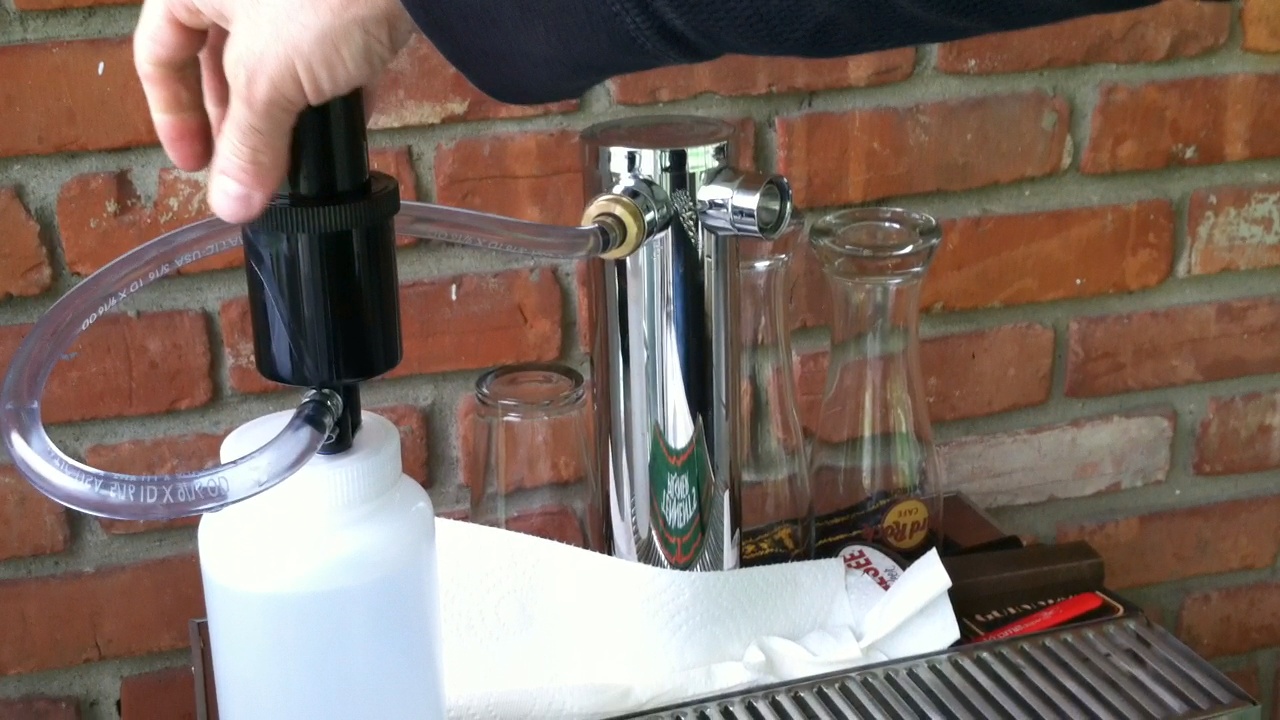
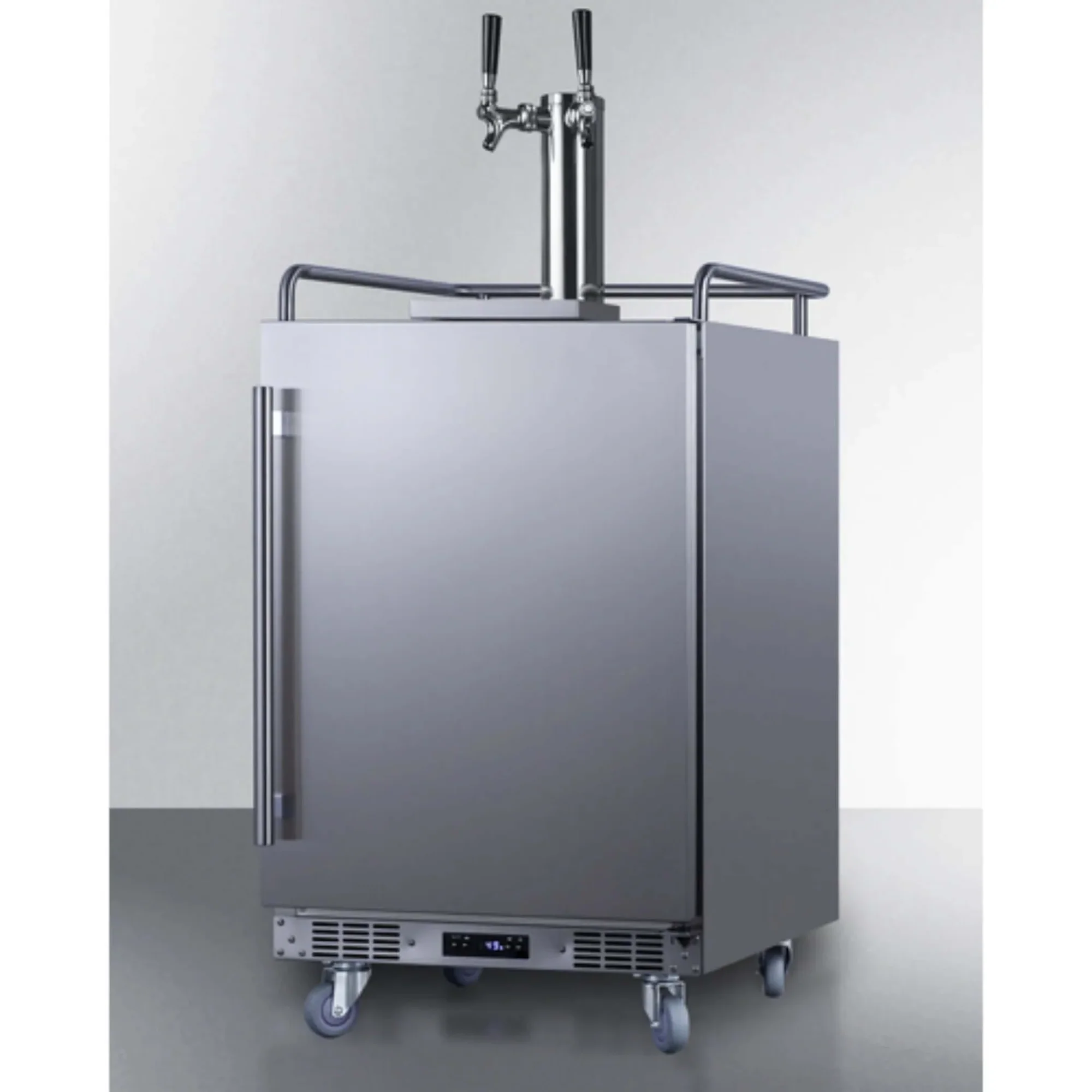
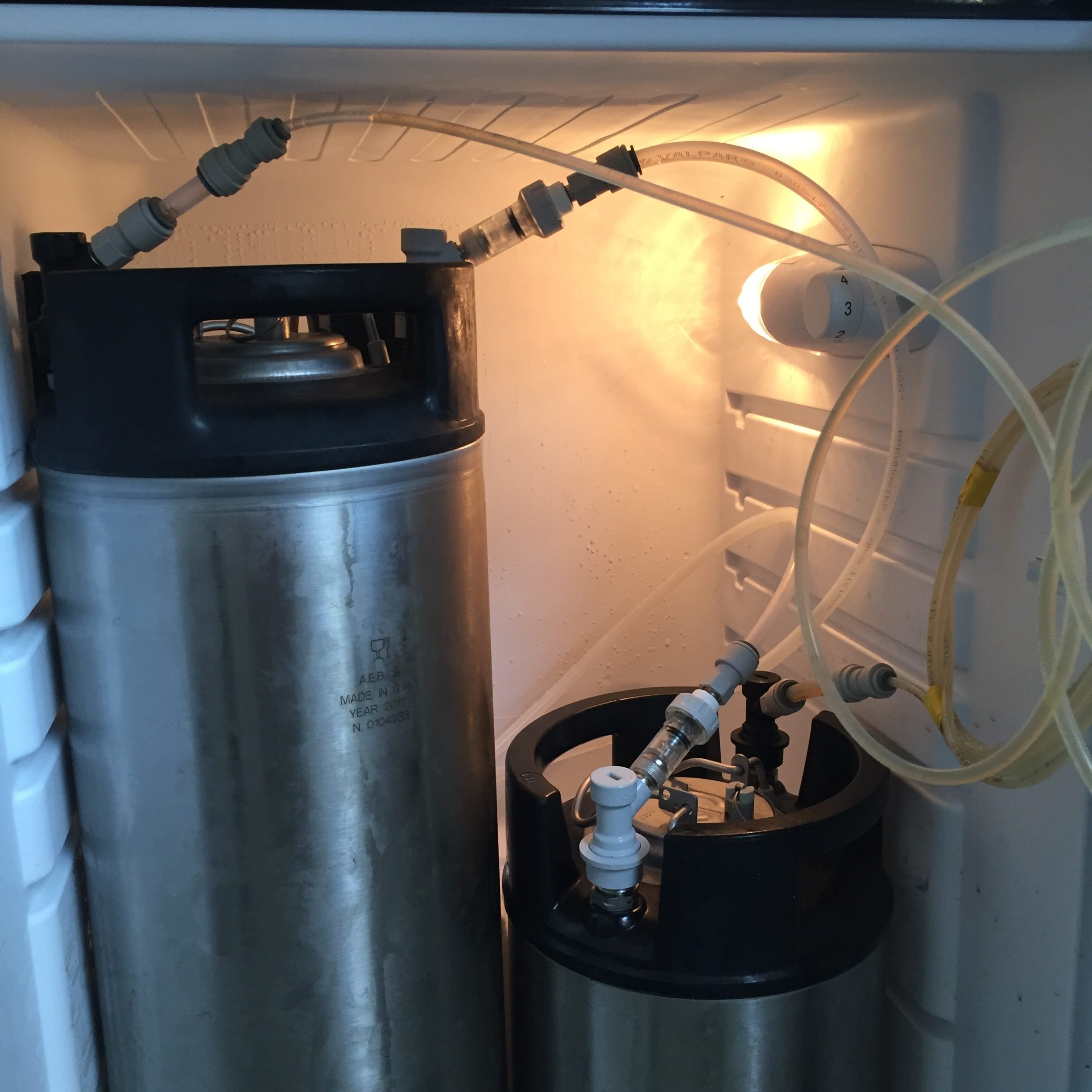
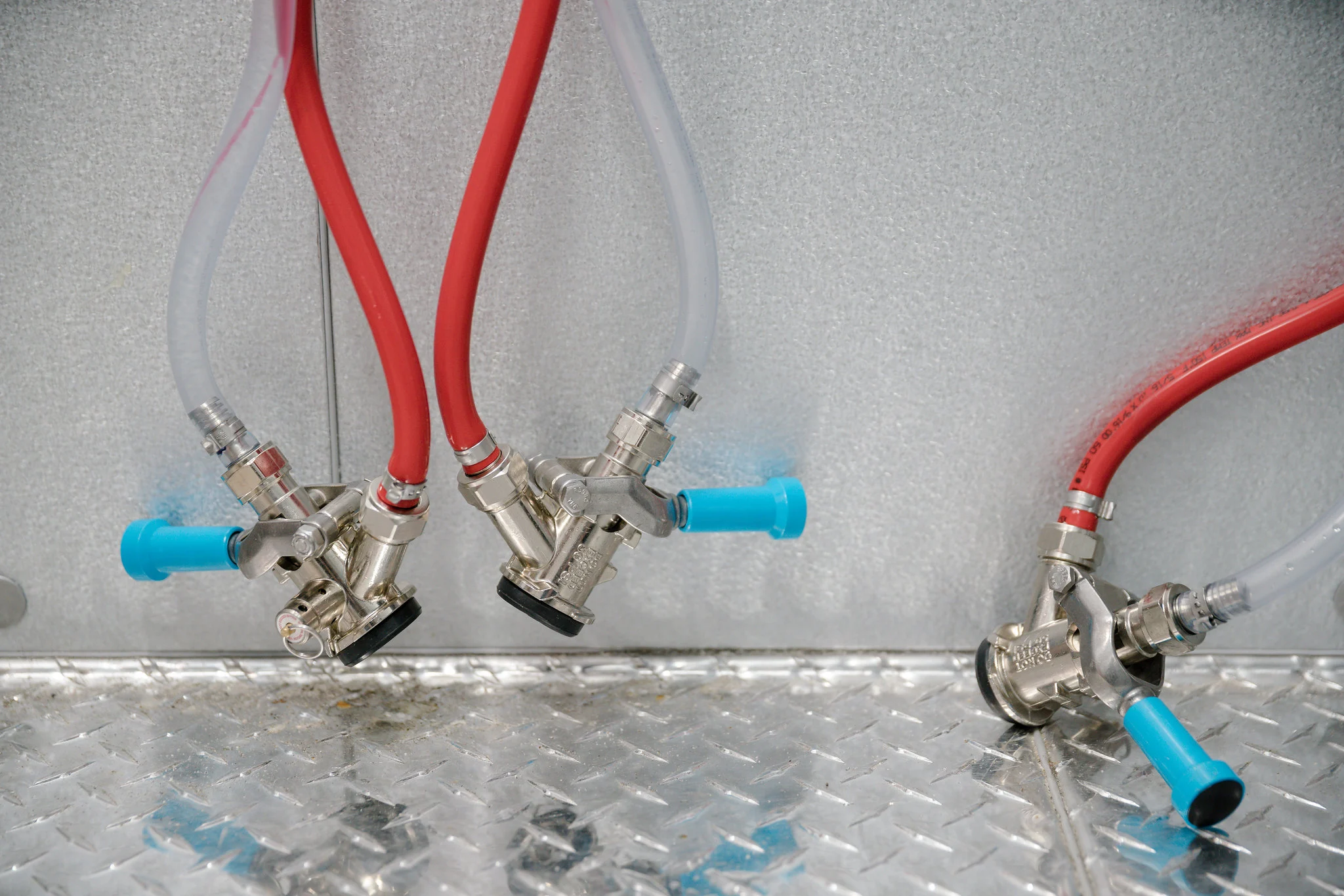
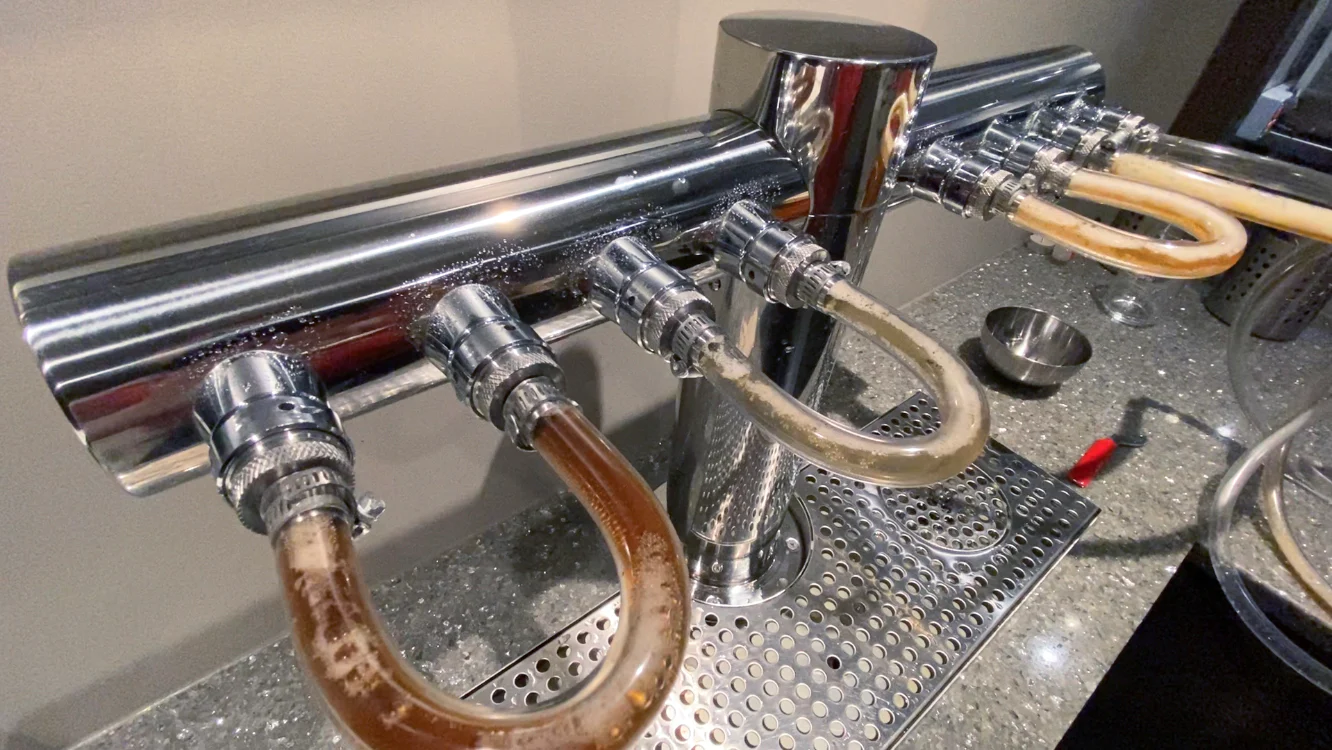
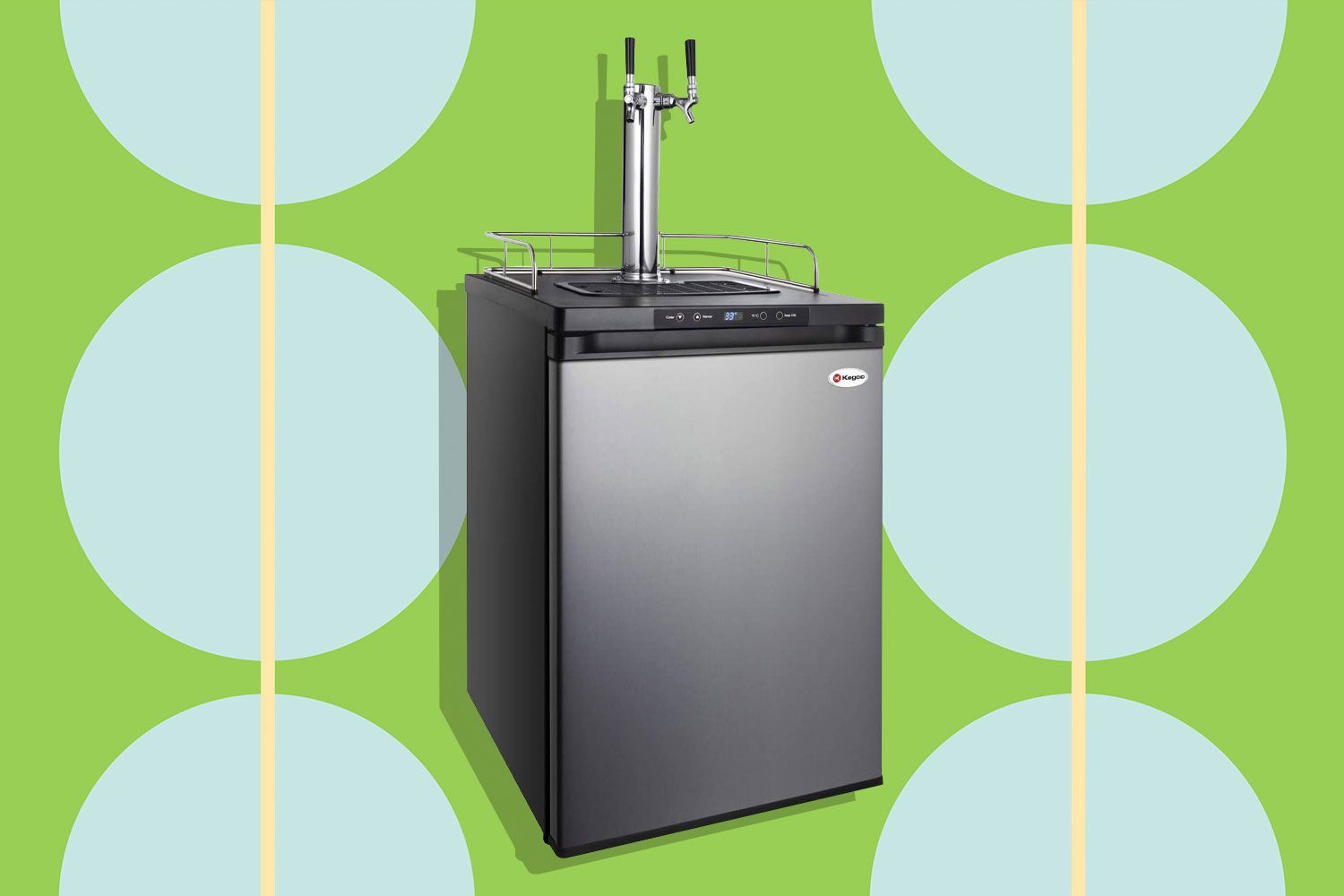
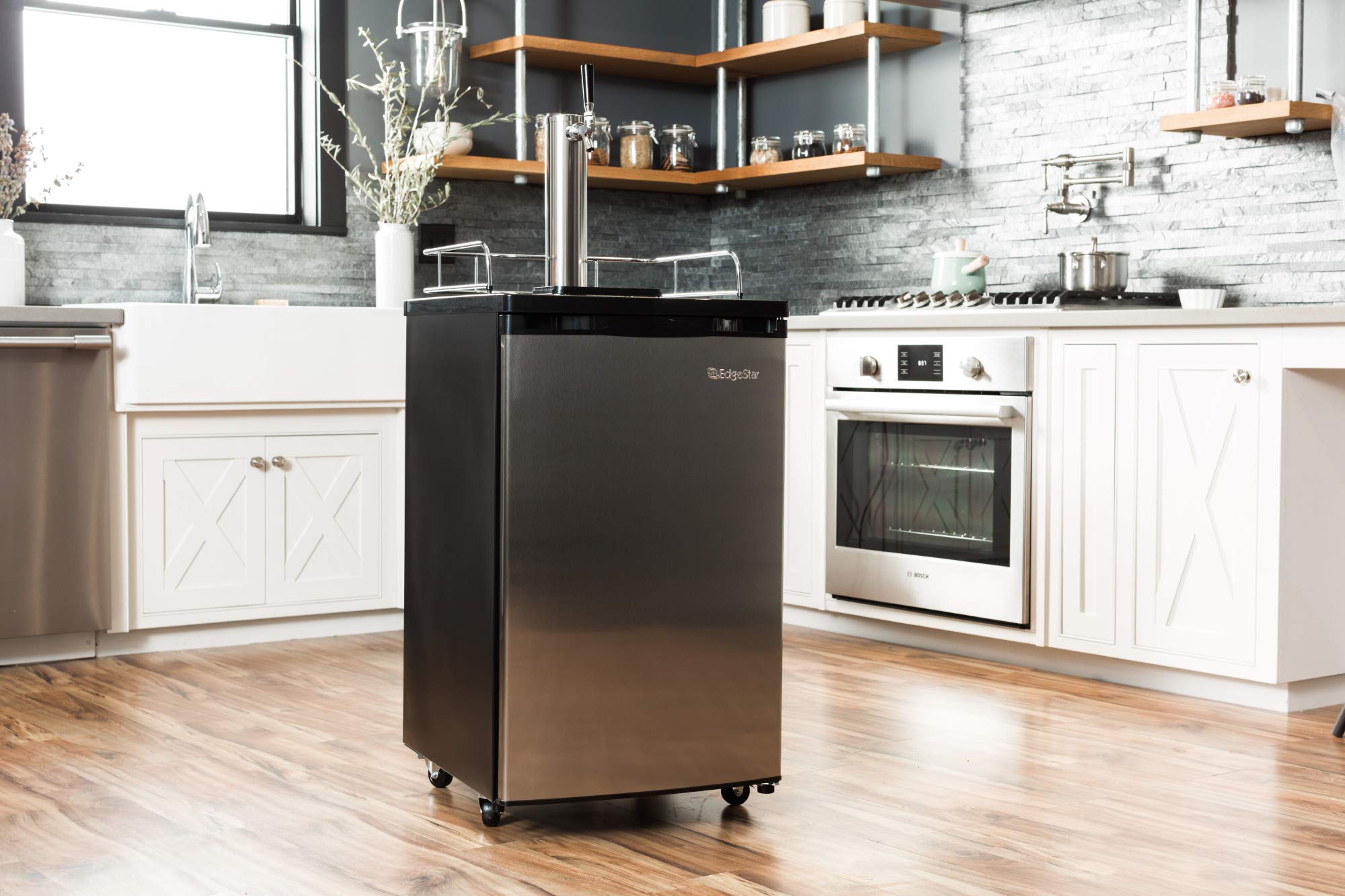
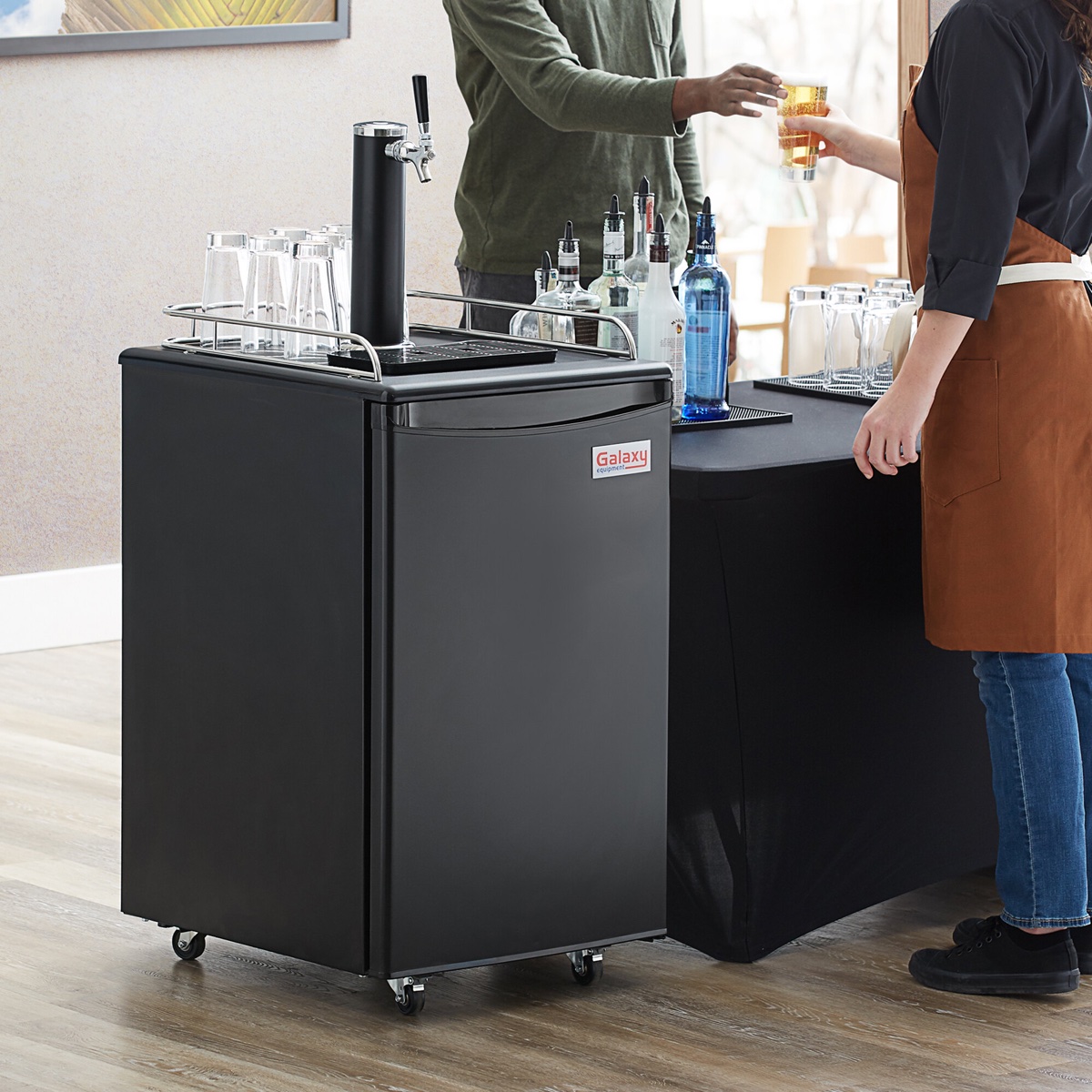

0 thoughts on “What Size Of Beer Line Should be used For Kegerator”